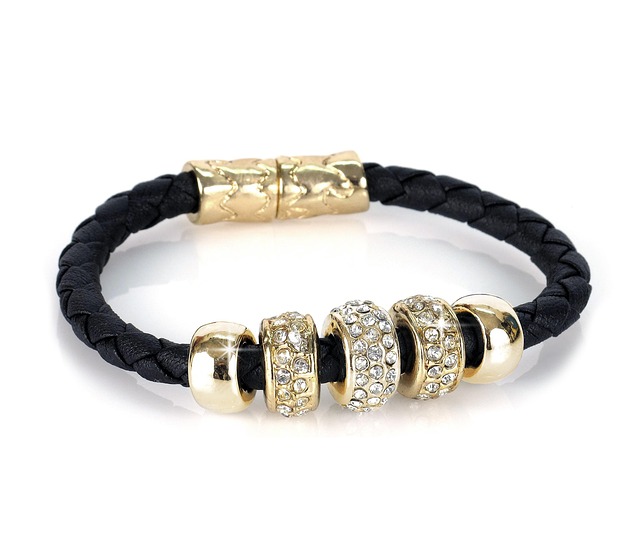Traceability checklist: verifying responsibly sourced components
This article provides a practical checklist for verifying responsibly sourced components in jewelry production. It focuses on traceability of materials and the questions designers, buyers, and retailers should ask to confirm ethical sourcing and material integrity without making unverified claims.

Traceability is central to responsible sourcing for jewelry components. When evaluating materials, clear documentation from mine to maker helps confirm ethical practices, environmental stewardship, and worker safety. This checklist focuses on the specific components that most commonly raise questions — metals, plating, leather, beads, clasps, sizing and related processes — and offers practical verification steps you can use when assessing suppliers, labels, or product descriptions.
How is traceability demonstrated?
Traceability starts with documentation: certificates of origin, chain-of-custody records, and supplier audits. Ask for formal papers such as mineral origin statements or certification from recognized bodies supporting responsible sourcing. Verify whether the supplier maintains batch records linking raw materials to finished pieces. Transparency about production sites, subcontractors, and audit schedules strengthens the traceability claim and supports sustainability goals.
Metals and plating — what to verify?
For metals, request information about metal type (sterling silver, gold karat, plated base metal) and any recycled content. Plating processes should be described, including base metal, plating thickness, and methods used. Confirm if finishes are tested for durability and whether plating reduces the risk of tarnish. If hypoallergenic properties are claimed, check for nickel-free testing or allergen screening. Details on polishing and surface treatment will inform maintenance expectations and longevity.
Leather and beads — sourcing questions
When components include leather or beads, verify the origin and processing methods. For leather, inquire about tanning methods, chemical usage, and whether hides are byproducts of other industries. Beads can be glass, ceramic, stone, or polymer; ask about mining or manufacturing sources and any treatments that affect colorfastness or wear. Consider sustainability certifications or supplier statements that document ethical procurement and reduced environmental impact.
Clasp, sizing and layering considerations
Hardware affects both function and traceability. For clasps and fastenings, request material specifications and proof of testing for durability and corrosion resistance. Sizing information should be precise: measures in millimeters and suggested fit guides reduce returns and mismatches. If layering is a design intent, confirm how components interact — plating differences, abrasive finishes, or engraving depth can affect adjacent pieces. Ensure assemblies are documented so replacement parts can be traced back to original suppliers.
Engraving, hypoallergenic materials and testing
Engraving practices may use lasers, chemical etching, or hand tools; ask which methods are used and whether processes introduce coatings or residues. For hypoallergenic claims, review lab test results or third-party verification for common allergens like nickel. Suppliers should be able to provide material safety data sheets and testing summaries. Clear labeling of materials and post-production testing reinforces traceability and consumer confidence without relying solely on marketing statements.
Maintenance, polishing, tarnish and travel care
Maintenance instructions help extend product life and reveal information about materials. If frequent polishing is required, that signals reactive metals or fragile plating; request guidance on compatible polishing compounds. Notes about tarnish resistance, peroxide or sulfur exposure, and travel-related care (humidity, seawater, or airline storage) should be provided. A transparent maintenance section in product documentation demonstrates awareness of real-world use and supports traceability by linking recommended care to material properties.
Conclusion A robust traceability checklist combines documentation, material specifications, testing records, and clear maintenance guidance. Asking targeted questions about metals and plating, leather and beads, clasps and sizing, engraving and hypoallergenic testing, as well as polishing and travel care, will help verify that components are responsibly sourced and fit for their intended use. Consistent records and supplier transparency are the foundation of accountable material sourcing and product integrity.



